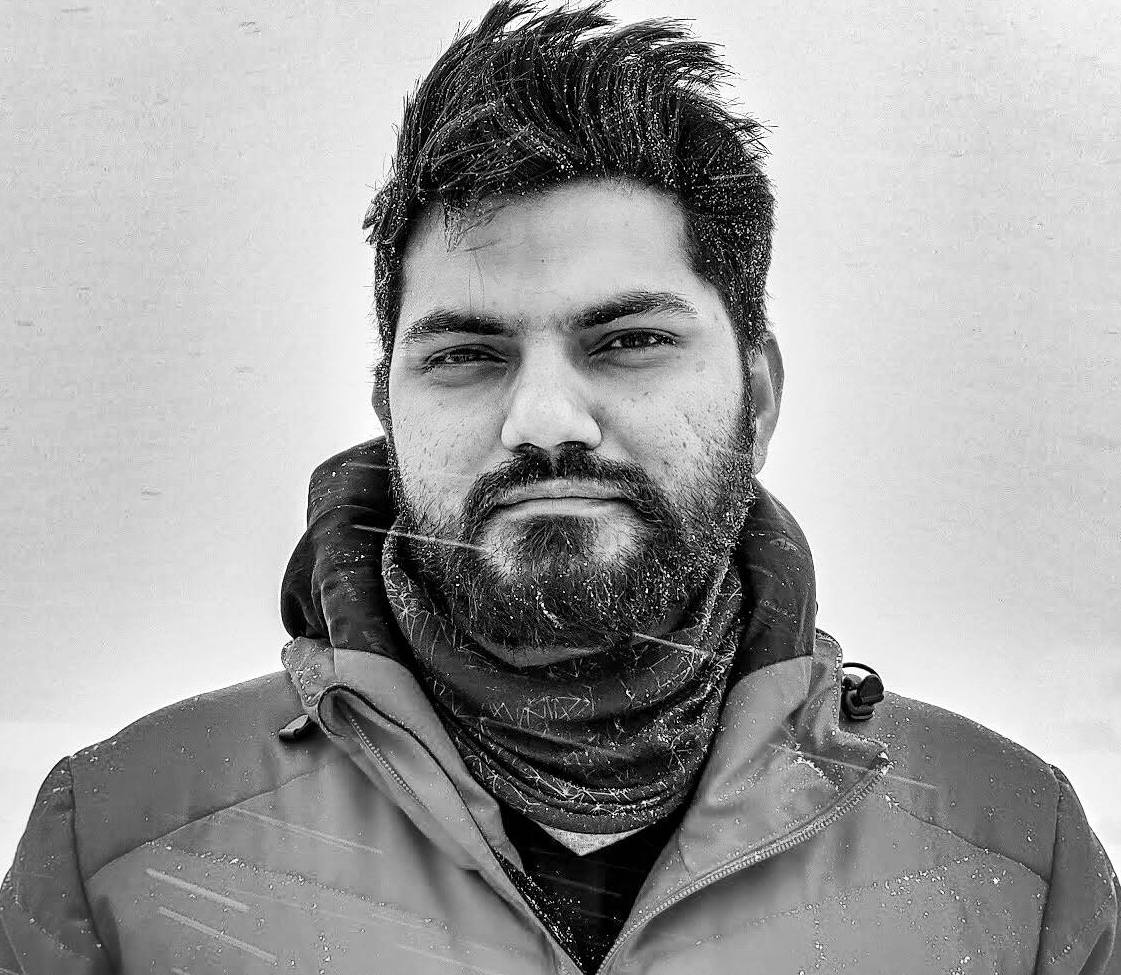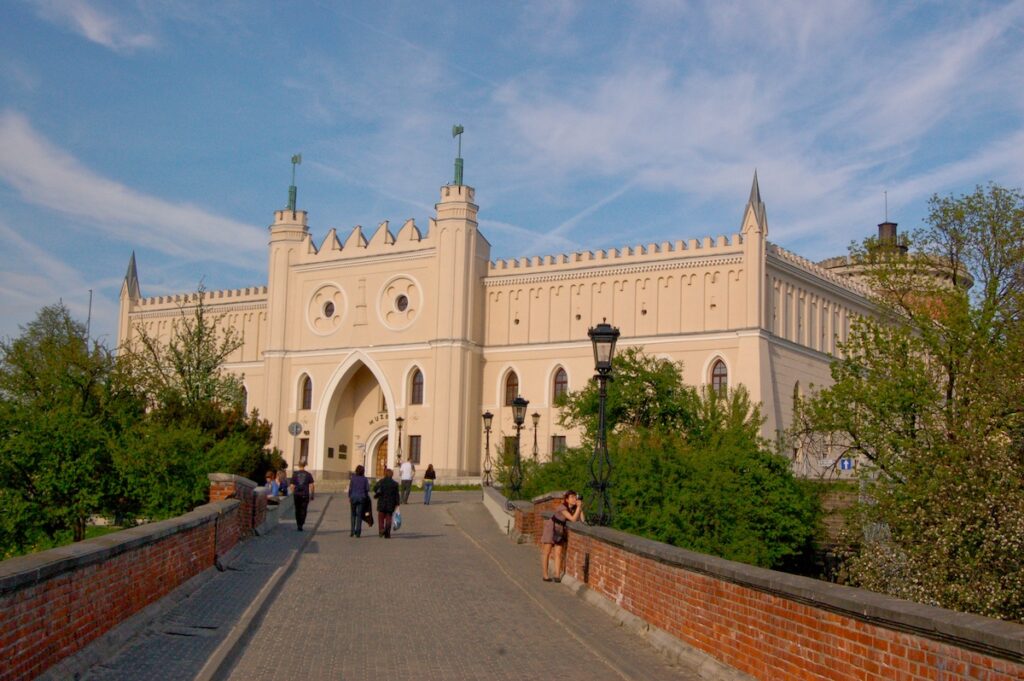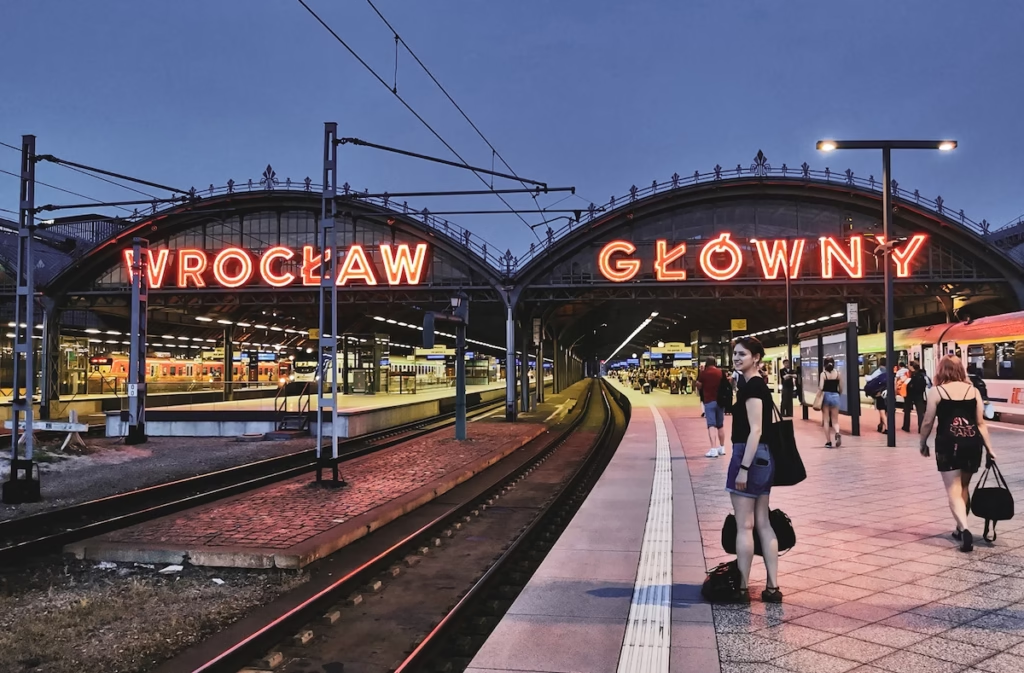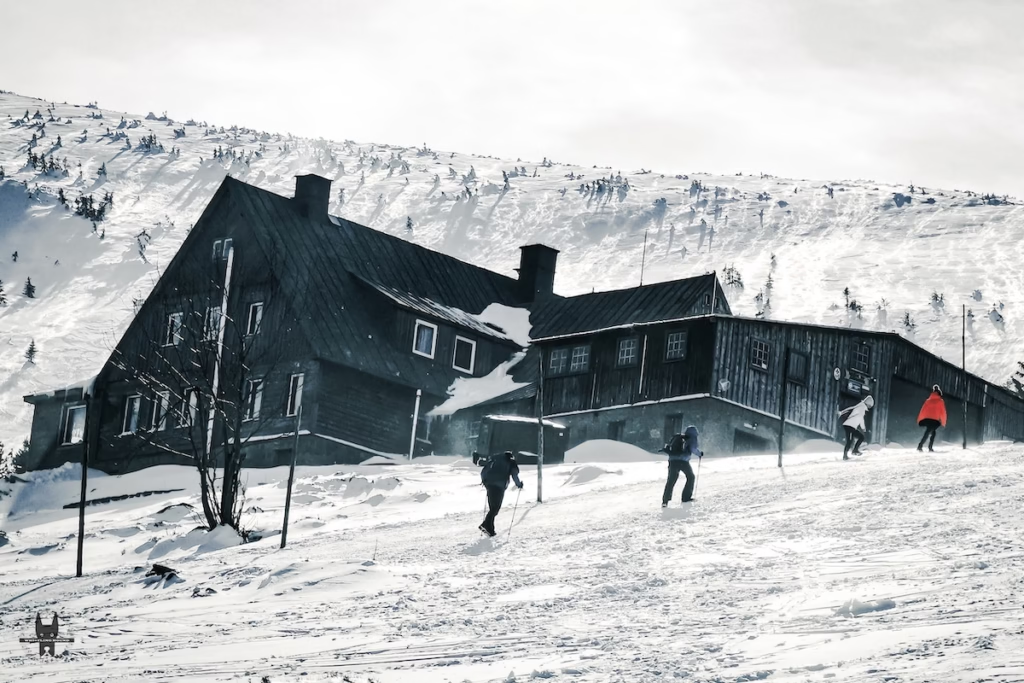Every few years, a European city rises to the global stage not for its size or spending power, but for something far more defining: its soul. In 2029, that spotlight lands on Lublin. Poland’s quietly radiant eastern city has been named the European Capital of Culture, and it’s not coming alone.
The Polish Ministry of Culture has unveiled Polish Capitals of Culture: Bielsko-Biała (2026), Katowice (2027), and Kołobrzeg (2028) will each take a turn on the national stage before Lublin’s moment in 2029. This isn’t just a cultural baton pass. It’s a carefully staged four-year prelude that could reshape how you explore cultural travel in Poland.
Lublin 2029: Poland’s Cultural Story Comes Full Circle
Lublin is no stranger to cultural stature. It has long been a meeting point of Eastern and Western Europe, a bridge between Christian and Jewish legacies, and a cradle of rebellion, academia, and avant-garde theatre. But now, with the title of European Capital of Culture 2029, Lublin steps into the continental spotlight with something deeper than just prestige; it brings a story.
The city’s winning bid was anchored in the theme “Re:union”, a nod to rebuilding broken ties between communities, countries, and cultures. Expect immersive projects weaving together marginalised voices, public art in unlikely places, and a festival calendar that goes far beyond the Rynek (Market Square).
Fun fact: Lublin competed for this title back in 2016, losing to Wrocław. The win in 2029 isn’t just sweet; it’s symbolic.
Polish Capitals of Cultures: What to Expect from 2026-2029
In a move that’s as strategic as it is soulful, the Polish Ministry of Culture launched a new series to keep the cultural spotlight glowing each year until Lublin’s European takeover. The concept? Celebrate lesser-hyped cities for their creative force, not their size.
Let’s take a closer look:
Bielsko-Biała 2026: Where Cartoons Meet Contemporary Art
Nestled at the foot of the Beskid Mountains, this southern gem might be best known for its Studio Filmów Rysunkowych, home of Poland’s legendary cartoon characters Bolek and Lolek, but its modern vibe is anything but childish. Come 2026, as one of the Polish Capitals of Culture, the city will transform into a living gallery. Expect design-driven public art, open-air animation screenings, and heritage walks reimagined through graphic storytelling.
Why Visit Bielsko-Biała in 2026?
Compact and walkable, Bielsko-Biała’s cultural events spill from galleries to hillsides. Book early for the summer animation festival, when global creators converge, per the Poland travel guide 2026–2029.
Katowice 2027: Music, Modernism, and a City Reimagined
Katowice has been rewriting its story for over a decade. Once a post-industrial powerhouse, now a UNESCO City of Music, its reinvention plays out in sound and space. 2027 will lean into this transformation with sound-based installations, jazz in factory halls, and collaborations between Polish composers and global DJs. It’s not just about music, it’s about how this city re-tunes its soul as part of the Polish Capitals of Culture.
The Katowice 2027 music events will turn industrial spaces into stages. Autumn sharpens Katowice’s edge, making it a must for cultural events in Poland. A 1-hour train from Kraków makes it an easy detour, as per the Poland travel guide 2026–2029.
Kołobrzeg 2028: Baltic Culture and Seaside Festivals
Kołobrzeg’s spa heritage and Baltic breeze set the mood, but in 2028, it’ll pulse with public art and soundscapes. The city is tuning up for cultural wellness and sea-view installations. From seaside performances to art installations on the beach, and cultural wellness retreats that blend history with healing. If the sea could hum with culture, this would be its soundcheck.
The Kołobrzeg 2028 wellness culture blends yoga with seaside art facilities, offering a culture that feels restorative. It’s off-the-beaten-path Poland at its most soulful. Summer brings Kołobrzeg cultural events to life with open-air shows. Book spa hotels early, as they fill fast, as per the Poland travel guide 2026–2029.
Why These Cultural Years Matter for Curious Travellers
The Polish Capitals of Culture offer a rare travel blueprint, curated by artists and city-makers. For travellers, this new four-city runway is a gift. It means lesser-known towns will receive world-class programming, and off-the-radar streets will become stages for bold ideas.
Whether you’re a photographer, festival junkie, history nerd, or just someone who wants more from a trip than ticking landmarks, Poland’s cultural road trip from 2026 to 2029 is yours to curate.
Here’s how:
- Train-hop through culture: With excellent rail connections, you can journey from Bielsko-Biała to Katowice in under 2 hours, or from Lublin to Kołobrzeg overnight. It’s slow travel, but smarter.
- Plan by season: Each city’s cultural peak will align with its strongest season, summer jazz by the sea in Kołobrzeg, autumn film festivals in Katowice, snowy gallery strolls in Bielsko-Biała, and spring revival energy in Lublin.
- Book early for key events: These cities will likely host international guests, artists, and dignitaries. Accommodation, even in quieter towns, might sell out fast, especially near main venues or Rynek squares.
Culture with a Strategy: What Poland is Really Doing
Beyond the tourist angle, this announcement reveals something deeper: a strategic play by Poland to redefine its cultural exports. Instead of spotlighting just the usual suspects (Kraków, Wrocław, Gdańsk), the focus shifts to smaller cities with global voices. It’s a cultural decentralisation that feels both democratic and daring.
Why now?
Post-pandemic, travellers crave stories, experiences, and local flavour with global context. Here, Poland’s cultural policy is catching on. These cities are ready to take the centre stage as protagonists, ready for their lines in the spotlight.
Quick Look: Year-by-Year Cultural Highlights
| Year | City | Known For | Cultural Edge |
| 2026 | Bielsko-Biała | Cartoons, Art Nouveau | Animated architecture tours, outdoor storytelling |
| 2027 | Katowice | Jazz, Modernism, Music Scene | Factory concerts, urban sound labs |
| 2028 | Kołobrzeg | Spa town, Seaside air | Art walks by the sea, cultural wellness retreats |
| 2029 | Lublin | Multicultural history, Theatre | Cross-cultural residencies, site-specific performances |
What Does It Mean to Be a Cultural Capital?
This isn’t just a PR badge or a set of concerts. The Capital of Culture title, whether European or national, demands deep investment in infrastructure, inclusive programming, and year-long engagement with artists, educators, and residents.
For travellers, it means:
- Better signage and accessibility
- Enhanced museums and public spaces
- Fresh festivals, new food trails, and multilingual programming
- Pop-ups and performance art in alleyways, churches, and rooftops
It’s culture not just to consume, but to experience.
How to Travel Polish Capitals of Culture Like a Local?
Poland’s upcoming cultural capitals are more than just event hosts. They’re open invitations to slow down, look closer, and let curiosity lead the way.
Here’s how you can stay updated:
- Follow local curators and artists: Many programmes will emerge from grassroots creators. Follow their Instagram or websites.
- Join city-led tours: Unlike standard sightseeing, these will often blend history with art and activism.
- Stay in local guesthouses or design hotels: You’ll often find insider recommendations and event posters at the reception desk.
As Poland draws closer to Lublin 2029, this four-year journey gives travellers a rare kind of roadmap. One not drawn by influencers or algorithms, but by curators, city-makers, and artists who believe in what culture can do.
So, whether you’re planning a Baltic summer, a mountain hike with murals, or a jazz-soaked evening in Katowice’s Nikiszowiec district, consider this your sign. Start mapping your cultural detour. Poland’s future is live, and tickets are already metaphorically on sale.
FAQ: Cultural Capital Travel in Poland
1. What is the European Capital of Culture, and why is Lublin chosen?
It’s a prestigious EU title awarded to a city that leads in cultural innovation and European collaboration. Lublin’s winning theme, “Re:union,” celebrates rebuilding connections across borders and communities.
2. What are the Polish Capitals of Culture?
A national initiative highlighting one city each year (2026–2028) before Lublin’s spotlight in 2029. The selected cities, Bielsko-Biała, Katowice, and Kołobrzeg, will host major cultural events and exhibitions.
3. Are the cultural events in these cities open to international visitors?
Yes. Each city will host international artists, multilingual programming, and events designed to welcome global travellers.
4. How can I follow updates or plan my visit?
Follow Polska.travel, the city tourism boards, and local cultural institutions for schedules, ticket info, and early event announcements.
Further read: Invest in Poland: Europe’s Hottest Business Destination in 2025
Share this:
- Click to share on Facebook (Opens in new window) Facebook
- Click to share on LinkedIn (Opens in new window) LinkedIn
- Click to share on Reddit (Opens in new window) Reddit
- Click to share on X (Opens in new window) X
- Click to share on WhatsApp (Opens in new window) WhatsApp
- Click to email a link to a friend (Opens in new window) Email





